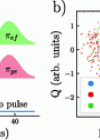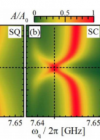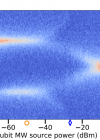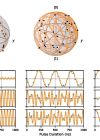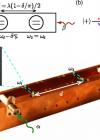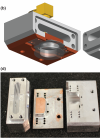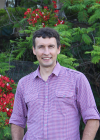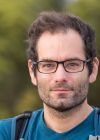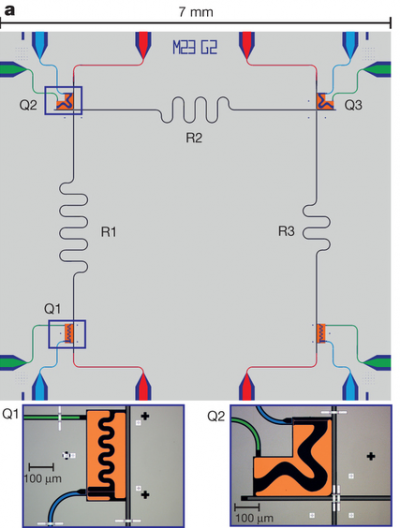Strong interaction between artificial atoms (qubits or qutrits) and microwave photons in a cavity gave birth one of the leading platforms for quantum control and computing, called circuit Quantum Electrodynamics (QED). In these systems the superconducting qubits based on Josephson junctions are manipulated with local magnetic and electric fields while the resonators serve a as quantum bus and for read out of the qubit quantum states.
In the past our group members have strongly contributed to implementing key elements for quantum information processing with the superconducting circuits. This includes the first implementations of: the gap tunable flux qubit1, multiplex read out of multi-qubit sample2, the three-qubit Toffoli gate3 and quantum teleportation in solid state4.
At UQ we continue to investigate new regimes of circuit QED systems to get a better grip on quantum mechanics. To perform experiments in this field our laboratory has installed a sophisticated measurement appartus with extensive list of the microwave and digital electronics, custom build measurement software with unlimited functionality and parametric amplifiers.
F.G. Paauw, A. Fedorov, C.J.P.M. Harmans, and J.E. Mooij, Tuning the gap of a superconducting flux qubit, Phys. Rev. Lett. 102, 090501 (2009).
M. Jerger, S. Poletto, P. Macha, U. Hübner, A. Lukashenko, E. Il'ichev and A. V. Ustinov, Readout of a qubit array via a single transmission line, EPL 96, 40012 (2011).
A. Fedorov, L. Steffen, M. Baur, M. P. da Silva and A. Wallraff, Implementation of a Toffoli gate with superconducting circuits, Nature 481, 170 (2012).
L. Steffen, Y. Salathe, M. Oppliger, P. Kurpiers, M. Baur, C. Eichler, G. Puebla-Hellmann, A. Fedorov and A. Wallraff, Realization of deterministic quantum teleportation with solid state qubits, Nature 500, 319 (2013).





